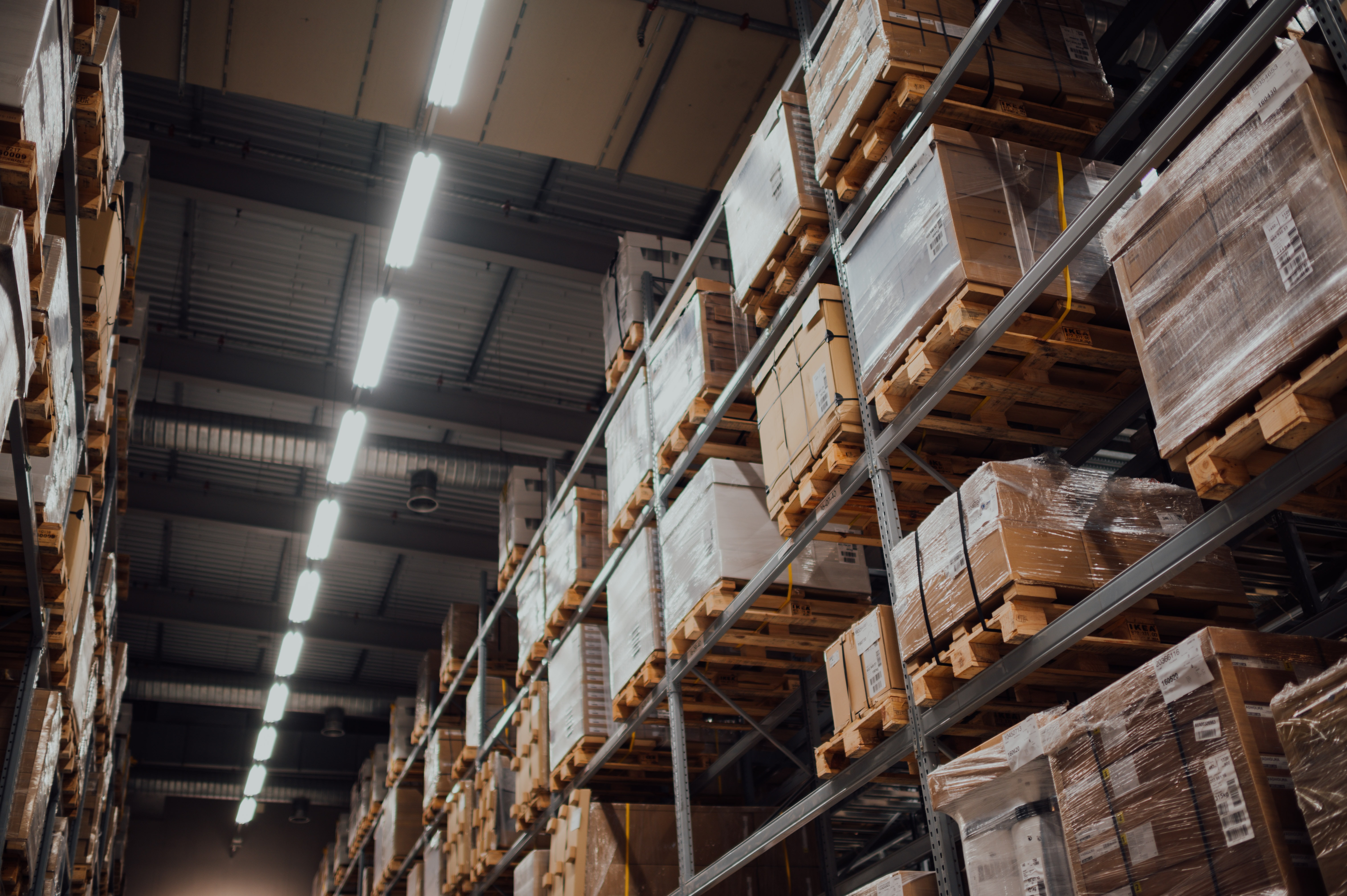The primary take away that has the greatest impact upon business owners and employers is to take the responsibility of managing the safety of your employers seriously over and above what is legally required of you.
If warehouses are an integral part to the running of your business, it is essential to stay on top of managing them efficiently and safely. When run poorly, warehouse environments can become extremely dangerous for your employees. It is vital to assess the safety of your warehouse regularly, always considering if and how it could be improved. This not only helps to keep everyone safe, but in turn can only boost the level of productivity achievable from a well-run warehouse.
Here are some key factors to consider when ensuring the safety of your warehouse.
Regular training
Through the regular implementation of health and safety training programs, employees are kept up to date with how to best avoid unsafe work practices, as well as what course of action to take in the event of a spill or other accident. Scheduling training regularly helps to prevent any complacency, which tends to lead to disaster sooner or later. It is an employer’s legal duty to provide up-to-date health and safety training, but in any case it is good practice to make it a priority as regularly as your work environment requires for optimal prevention.
Identify potential hazards
Employers have a legal duty of care to provide a workplace that is free from health and safety hazards, and a warehouse environment can be full of them. It is imperative to regularly evaluate your warehouse’s potential hazards and address their prevention. Look for simple trip or slip hazards, such as obstacles protruding at odd angles or cables left dangling. Even something as simple as a pencil can become a slip hazard for someone rushing past.
Securing at height
Just as with ground level hazards, employers running a warehouse are legally obligated to ensure that pallet racking and any other type of industrial/steel shelving (such as bin storage racks, pipe racks or parts shelving) is adequately secured to prevent falling. All employees must undergo the necessary training to inform upon how to maintain these standards of safety, as well as how to safely work at height when retrieving goods or parts etc.
Keep it clean and tidy
A well-cared for environment minimizes hazards and encourages thoughtful use of space and equipment. Cleanliness should be a priority, as well as well-thought-out organization – everything should have its place. Encourage workers to work as a team to maintain the standard, cleaning up after themselves as they go – especially if something is spilled or broken.
For warehouses that deal with hazardous materials, maintaining legally governed protocol is essential, ensuring that such materials are clearly marked and stored safely.
Safety equipment
Ensuring that all warehouse employees use the necessary safety equipment as required is vital. Hardhats, safety goggles and high visibility jackets are typically essential items, with other safety gear being needed depending upon the work being carried out.

Other safety-related equipment such as alarms, sprinklers or fire extinguishers must also be regularly tested and kept in familiar and accessible areas, in keeping with the training you deliver to your employees. Ensure that your staff are aware of all emergency exits and procedures, as well as how to use any relevant emergency tools.
Inspect and adapt
It’s in our nature to become complacent over time, but when it comes to health and safety, it’s simply not an option. As an employer, it is your legal duty to provide a safe working environment for your workers, eliminating hazards, providing protective equipment and ensuring that health and safety training is conducted regularly. Regular spot checks and inspections give you the opportunity to assess what might need attention. Perhaps something needs replacing or could be moved into a safer spot. Maintaining the safety and security of your warehouse should be an ongoing priority. Adapting and evolving is key for any thriving business and staying ahead of the ball when it comes to the safety of your employees is vital to avoid disaster.
Communication
Regular and effective communication between all staff members is imperative not only to the efficiency of the operation, but the effectiveness of the health and safety protocols. It can be essential or at the very least beneficial to implement procedural steps that ensure good communication (such as checklists, double checking sing-offs etc.). Whether it be the movement of stock, or the disposal of hazardous materials etc., any significant event or change taking place needs to be well communicated between staff and well-executed in accordance with a carefully thought out plan to ensure safety.
The primary take away that has the greatest impact upon business owners and employers is to take the responsibility of managing the safety of your employers seriously over and above what is legally required of you. Staying ahead of standard protocols by implementing regular appraisals and ensuring exceptional communications standards will go a long way to preventing work-related injuries.


Join the conversation!